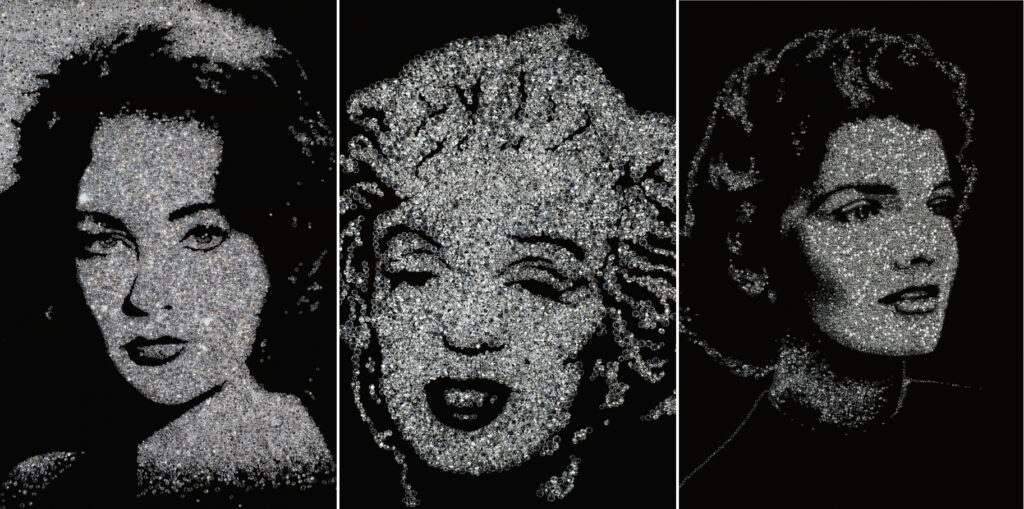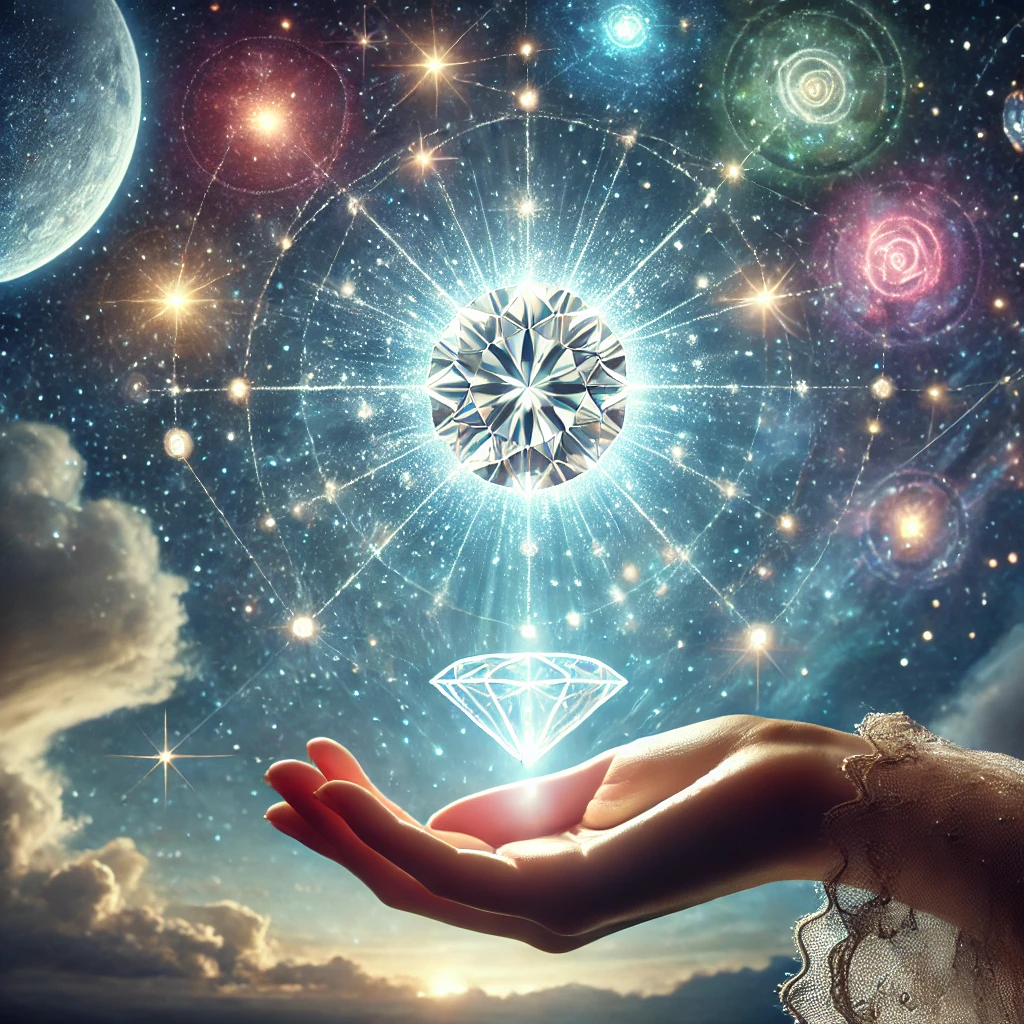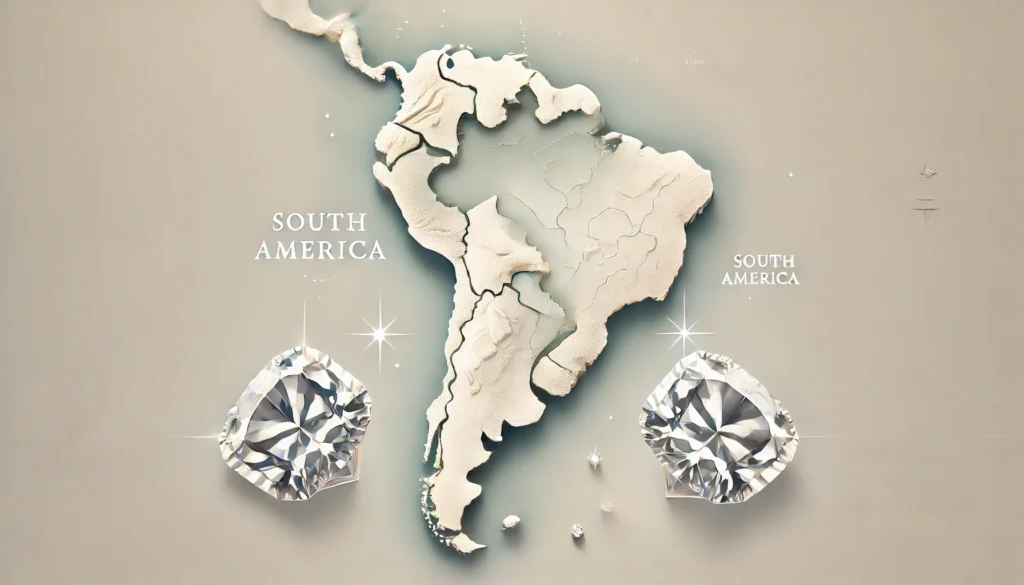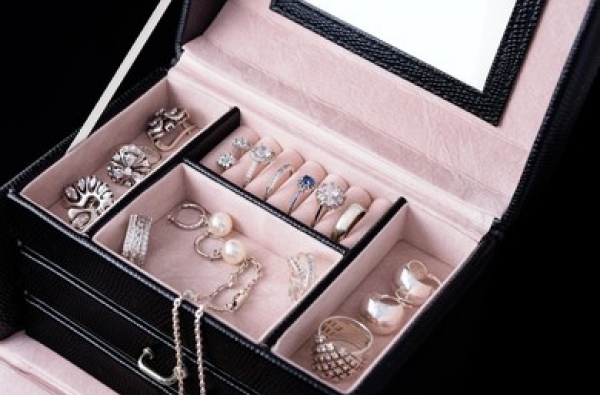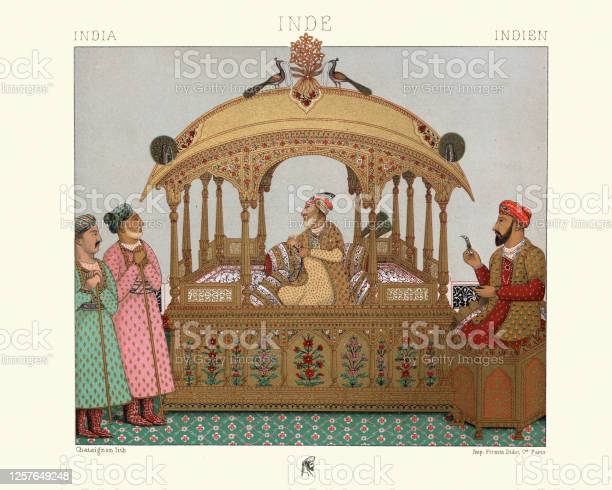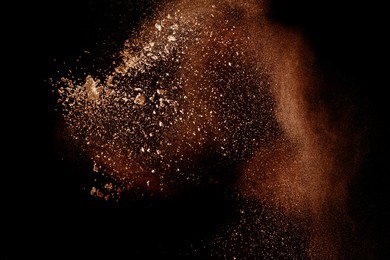
Imagine holding a diamond so large and pure that it rivals the most famous gems in history—a stone that instantly recalls legends like the Cullinan Diamond. This is the reality in Botswana, where an astonishing diamond of over 2,000 carats has been unearthed. It’s a discovery that, besides adding to the country’s rich legacy, sparks new conversations about the timeless allure of diamonds, their value beyond carats and clarity, and the captivating stories they carry.
The Botswana Find: A Remarkable Discovery
Botswana, already famous for its rich diamond mines, has added another gem to its crown with this latest find. The diamond, weighing 2,492 carats, is the second-largest ever discovered. Its remarkable size and exceptional quality make it one of the most significant finds in recent history, cementing Botswana’s place as a key player in the global diamond industry.
The Cullinan Diamond, discovered in South Africa in 1905, weighed a staggering 3,106 carats. It was later cut into several gems, including the Great Star of Africa, now part of the British Crown Jewels, and remains the largest and most famous diamond in the world.
This new discovery not only echoes the grandeur of such legendary gems but also offers a fresh opportunity to explore the unique characteristics that make each diamond special. The diamond’s eventual journey from mine to market will undoubtedly be a story of craftsmanship, expertise, and, ultimately, transformation.

From Mine to Market: The Diamond’s Journey
Once extracted, a diamond of this magnitude embarks on a meticulous journey from the earth to the hands of collectors or jewellers. This process involves several stages, including planning, cutting, polishing, and grading—each requiring the skills of master artisans and the latest technology.
The planning stage is crucial. Experts carefully study the diamond, often using advanced imaging techniques, to determine the best way to cut the stone while maximising its size, brilliance, and value. The goal is to unlock the gem’s full potential, ensuring that each facet captures and reflects light in a way that enhances the diamond’s natural beauty.
Did you know? The Koh-i-Noor diamond, which is part of the British Crown Jewels, took nearly a year to cut. The process was so delicate that it was overseen by the Royal Family to ensure perfection. The diamond’s name, meaning “Mountain of Light,” reflects its stunning brilliance after the painstaking work was completed.
While the carat weight and clarity are critical in determining a diamond’s value, the story behind each stone adds another layer of intrigue and worth. The history, rarity, and origin of a diamond often contribute significantly to its value, making it more than just a sparkling gem—it’s a piece of history.
For example, the Hope Diamond, one of the most famous diamonds in the world, is not only renowned for its size and deep blue colour but also for the legends surrounding it. Stories of a curse that brings misfortune to its owners have only increased its mystique and value, making it one of the most studied and valuable diamonds ever.
Botswana: A Pioneer in Ethical Diamond Mining
Botswana is renowned for the size and quality of its diamonds as well as its leadership in ethical mining practices. In fact, the country has set a high standard in the global diamond industry by ensuring that its diamonds are mined sustainably and that the profits from these precious stones benefit the local population.

Botswana’s ethical mining practices:
- Environmental Stewardship: Botswana adheres to strict environmental regulations to minimise the impact of mining on local ecosystems. This includes efforts to rehabilitate land after mining operations and protect local wildlife.
- Economic Empowerment: A significant portion of diamond revenue is reinvested into national infrastructure, education, and healthcare, directly improving the quality of life for Botswana’s citizens.
- Transparency and Fair Trade: The government has partnered with global organisations to ensure transparency in the diamond trade, promoting fair practices and helping to combat the trade in conflict diamonds.
To confirm this, the Lesedi La Rona diamond, another massive gem found in Botswana, was sold for $53 million in 2017. The proceeds from such sales contribute significantly to Botswana’s GDP, showcasing how the country’s diamond industry is a vital part of its economic success.
The Future of Diamond Discoveries
As exploration technologies advance, the future holds the promise of more remarkable diamond discoveries. However, finding large, high-quality diamonds like the one recently unearthed in Botswana is increasingly rare. Such discoveries remind us of the Earth’s incredible natural resources and the importance of preserving them for future generations.

The diamond industry is also evolving. With the rise of lab-grown diamonds, which offer an ethical and environmentally friendly alternative to mined diamonds, the market is expanding, providing consumers with more choices while also challenging the traditional diamond industry to innovate and adapt.
These discoveries are not just significant events in the diamond industry; they are a testament to the enduring allure and mystique of these precious stones. At Tim & Co., we are honoured to be part of this tradition, offering not just diamonds but pieces of history to be cherished for generations. Whether you are drawn to the timeless appeal of a naturally mined diamond or the innovative and sustainable allure of a lab-grown gem, we believe in providing options that reflect tradition, modernity, and sustainability.
Diamonds, with their unique ability to reflect light and capture hearts, are more than just minerals; they are the crystallised essence of time, pressure, and the Earth’s immense power, waiting to be discovered and cherished by those who appreciate their true value. Each diamond tells a story—a story of natural wonder, human craftsmanship, and the enduring desire to capture and hold a piece of eternity.

